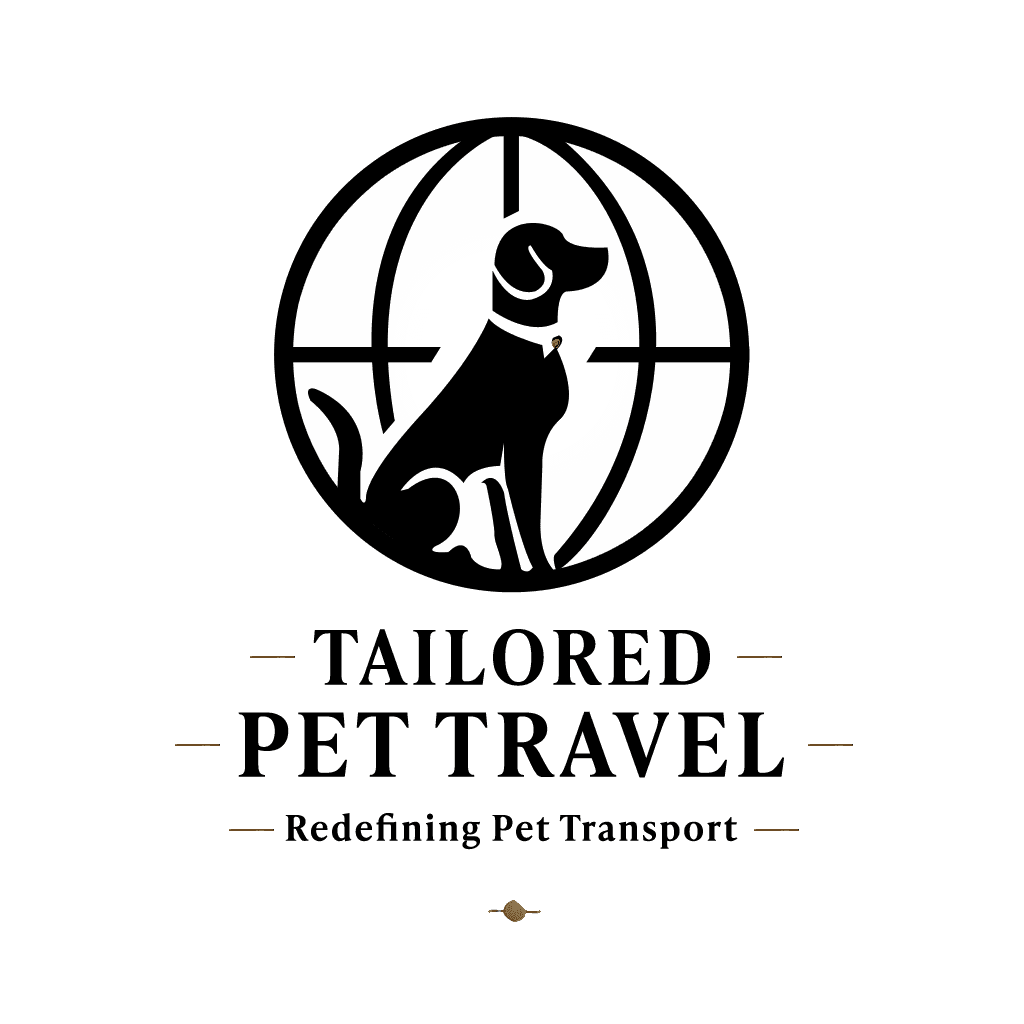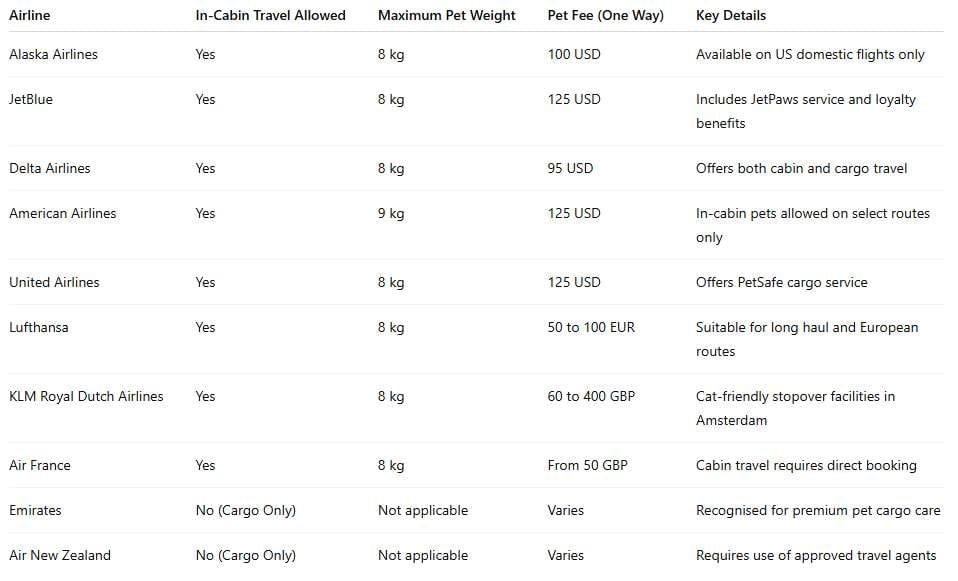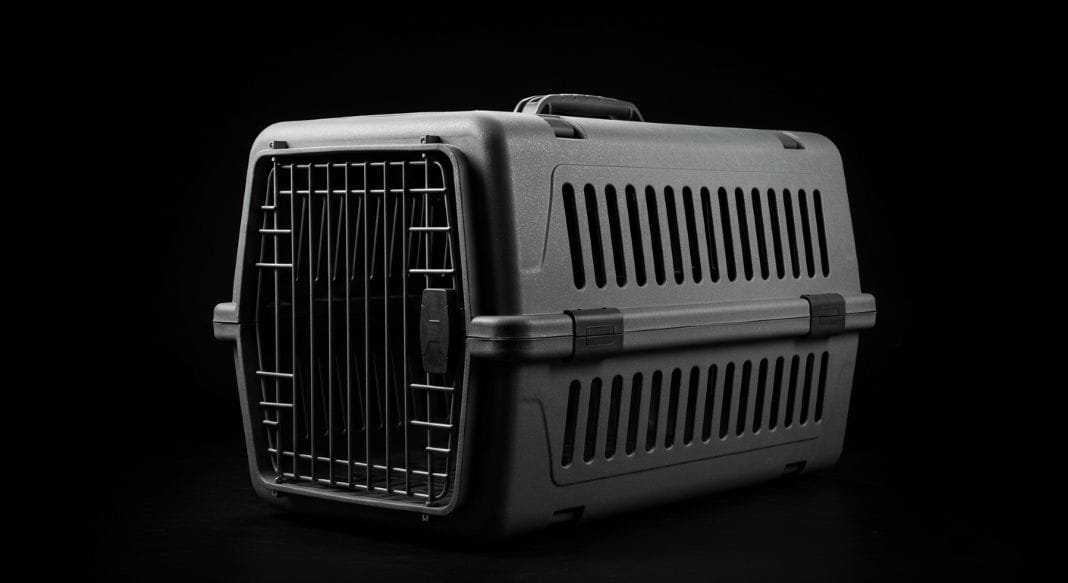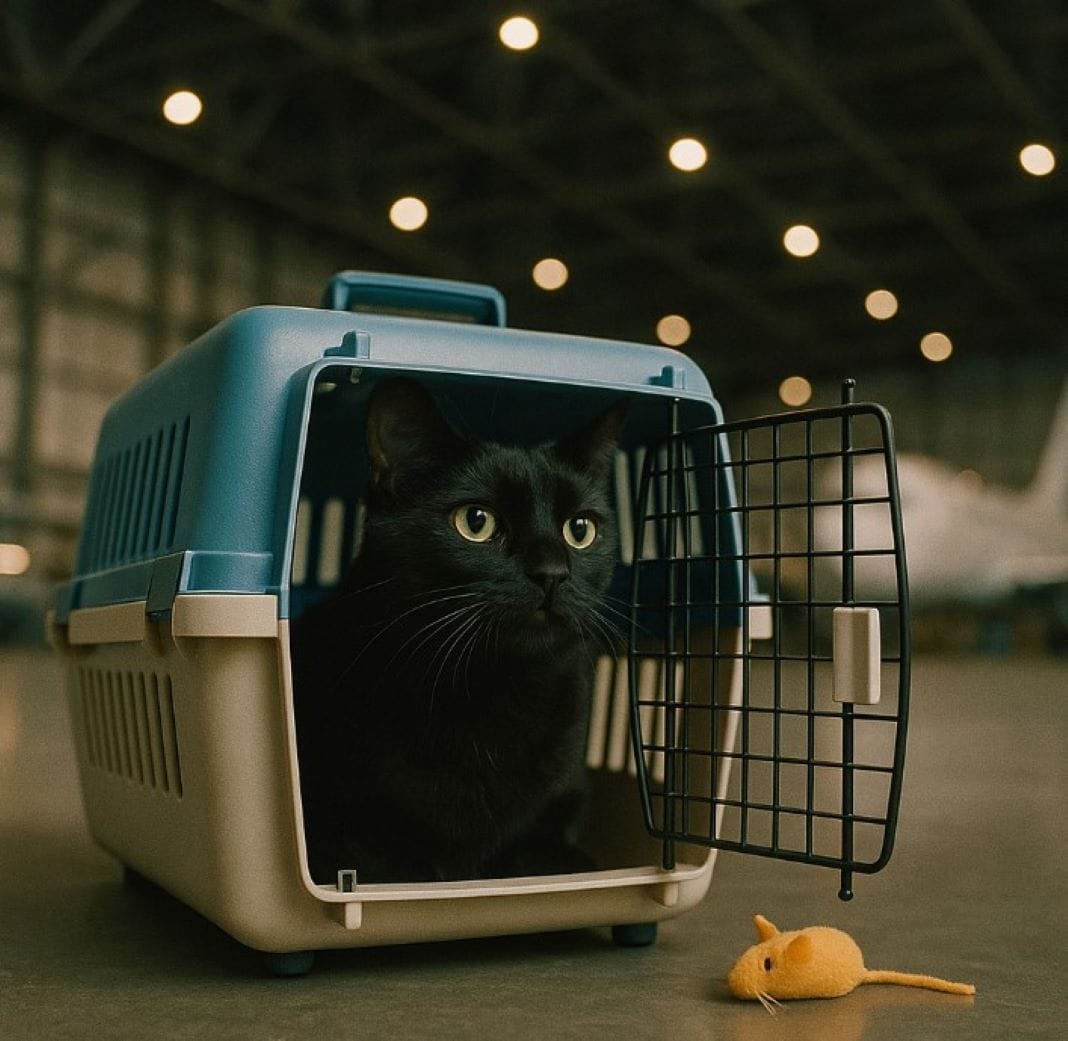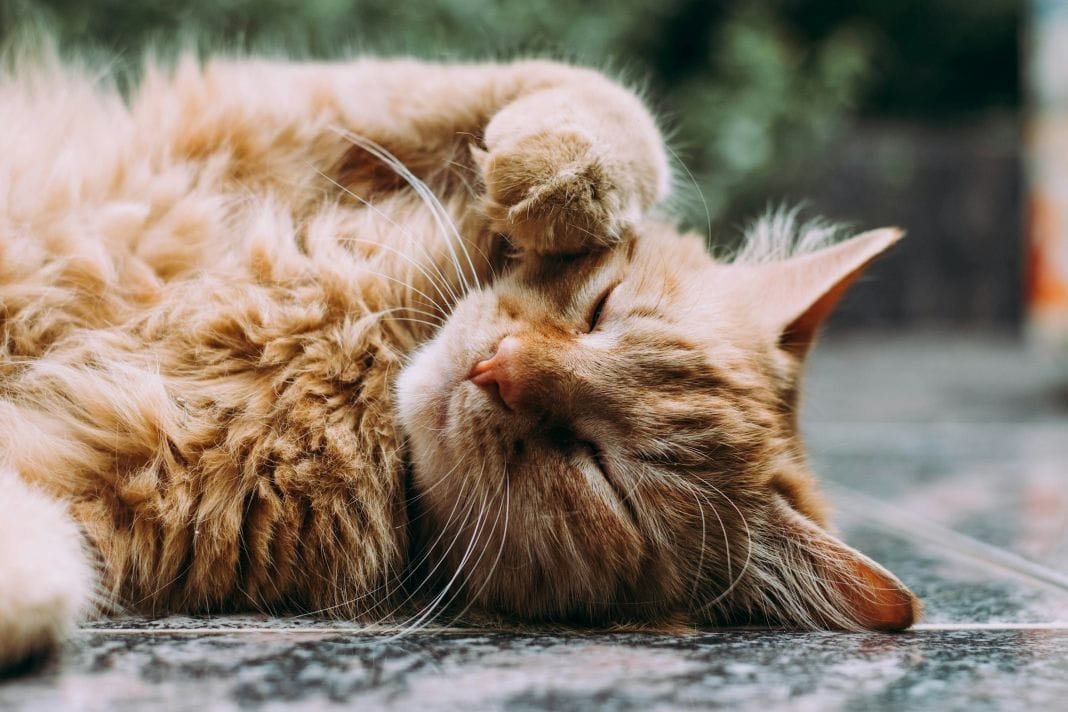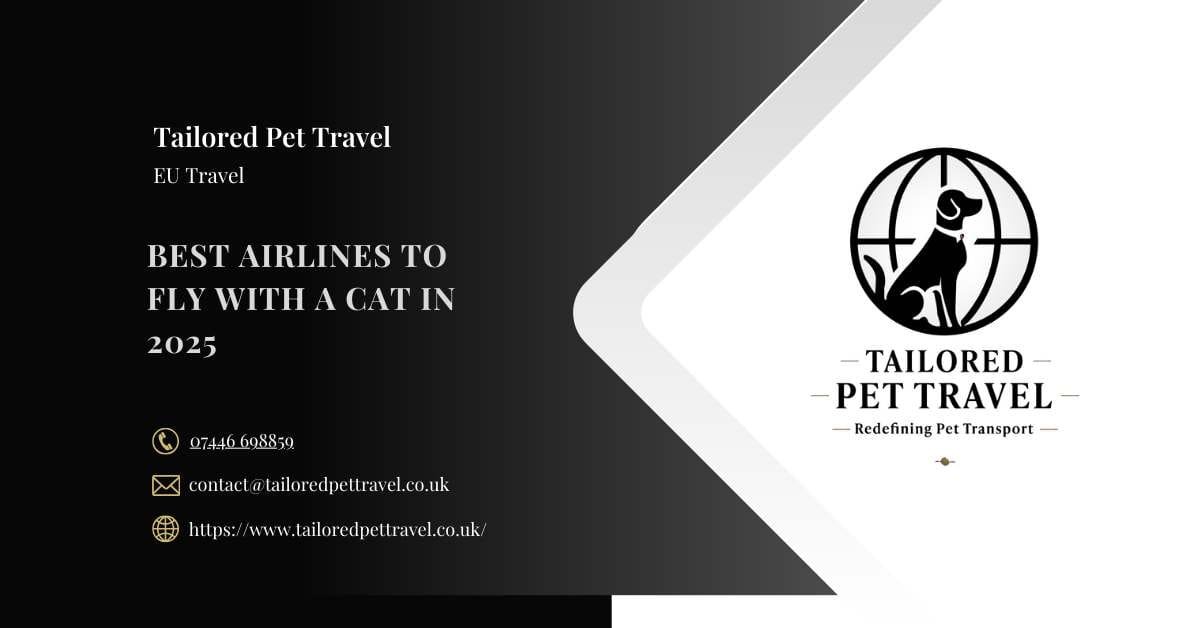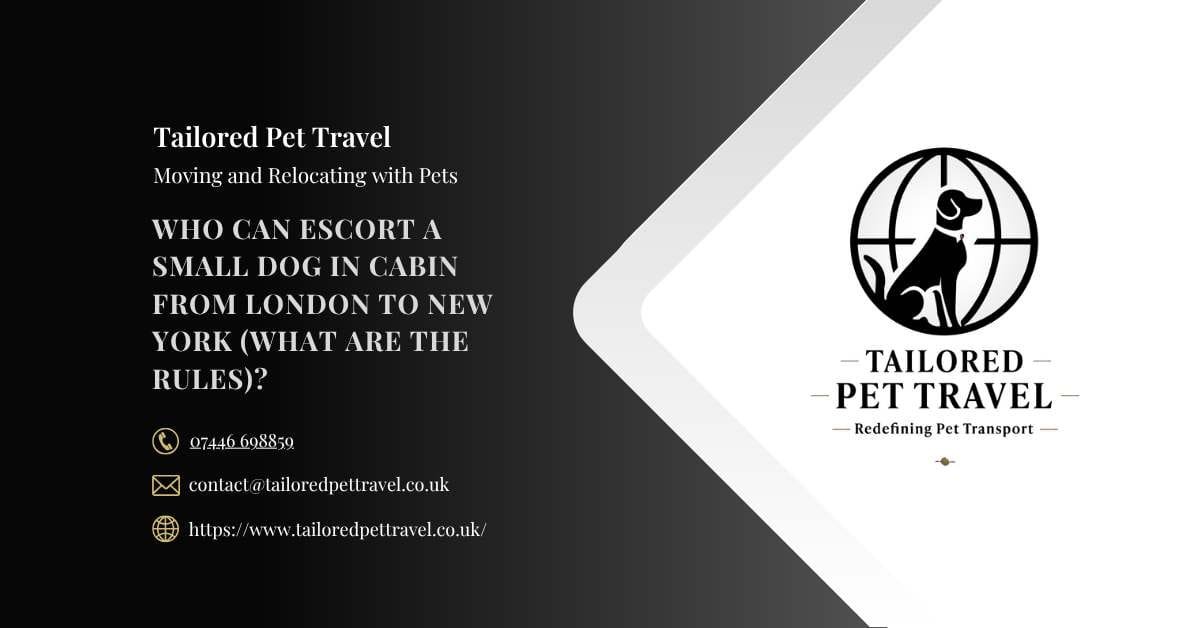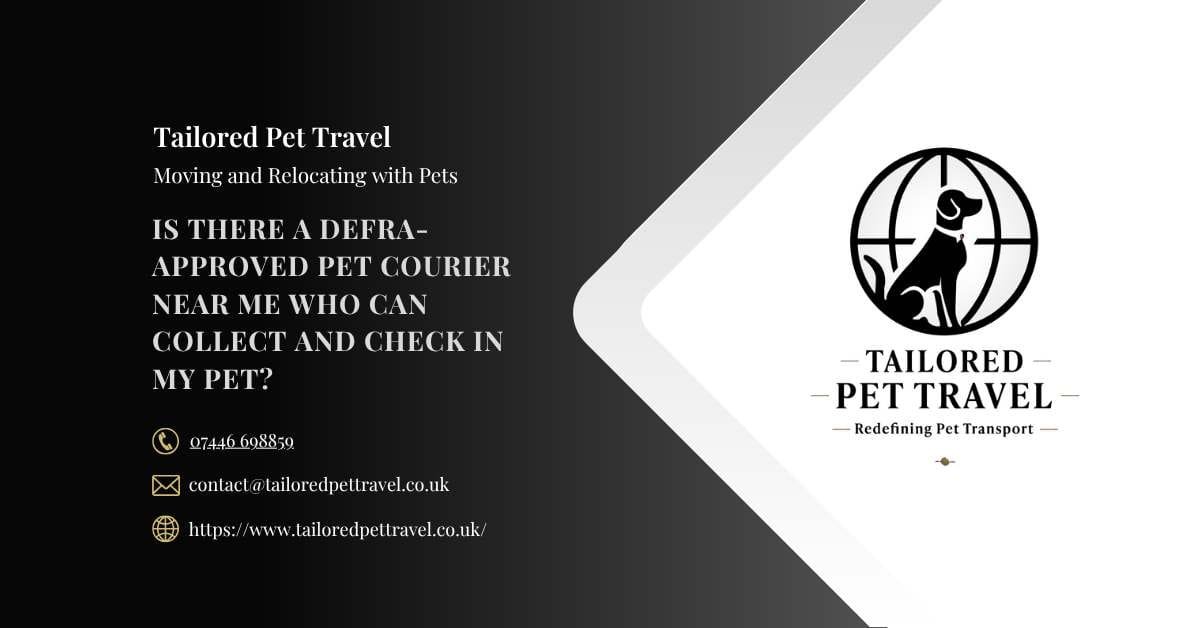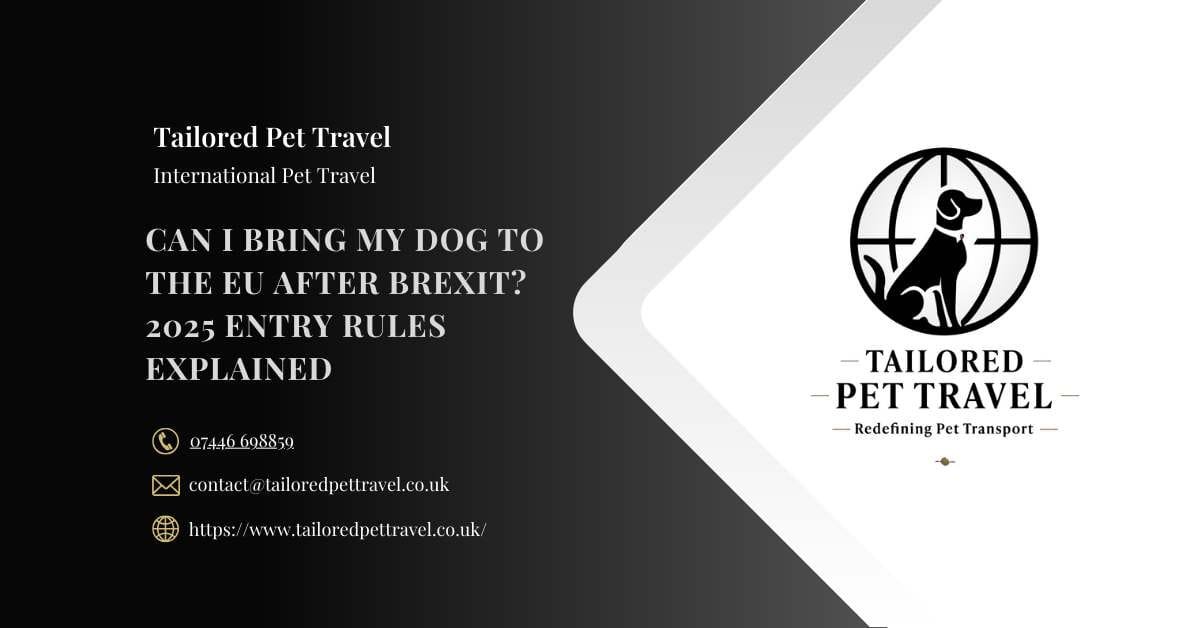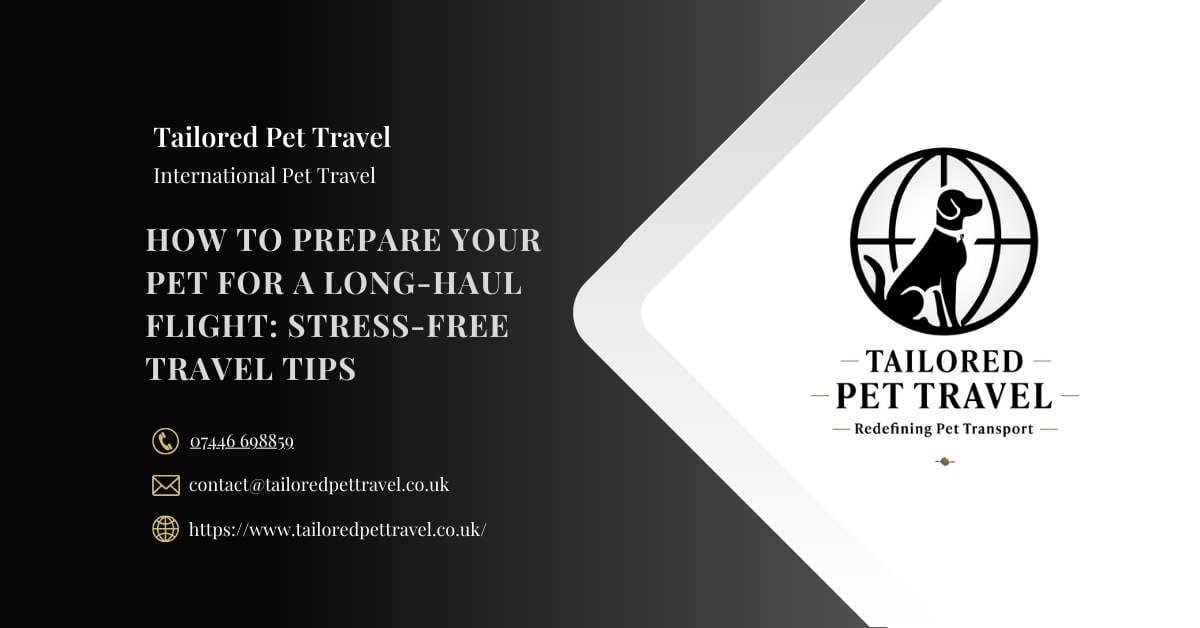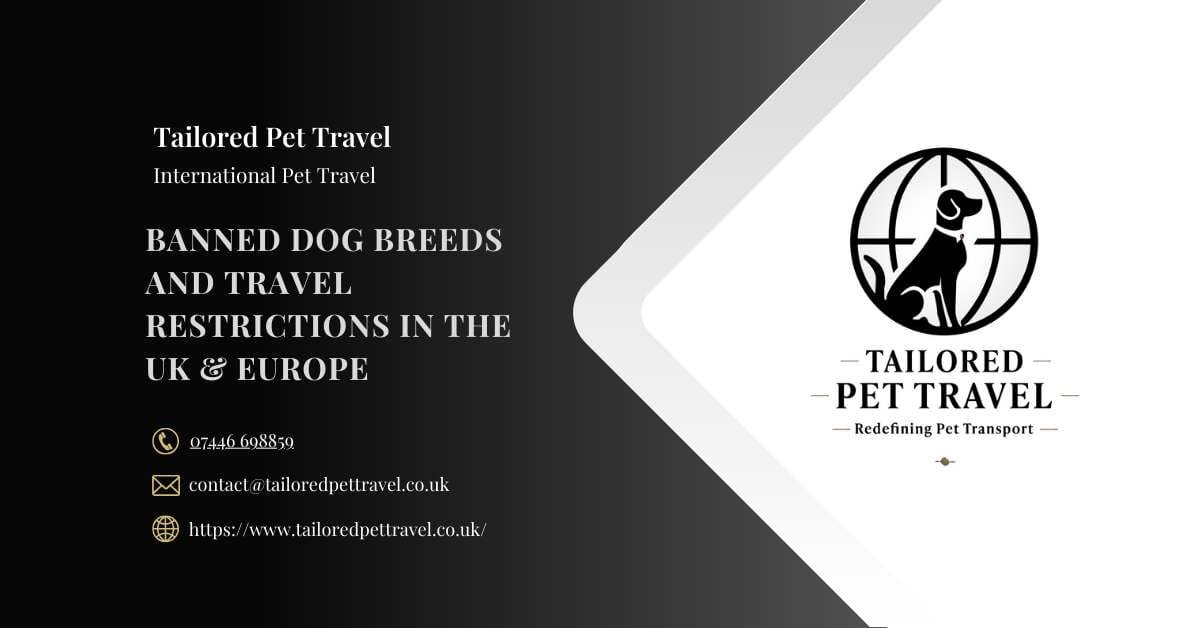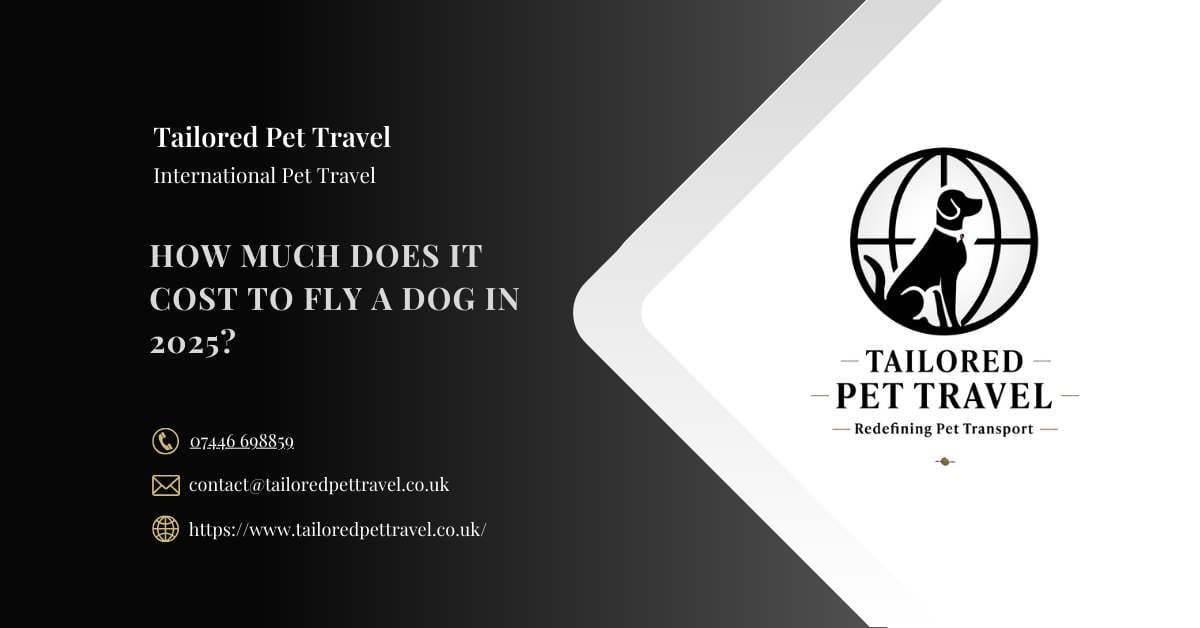What are the best airlines to fly with a cat in 2025?
The best airlines to fly with a cat in 2025 include Alaska Airlines, JetBlue, Delta, Lufthansa, KLM and Air France. These airlines provide clear in-cabin travel options for small cats under 8 kilograms and maintain well-controlled environments in their aircraft holds. Each has different pet policies, fees and booking processes. It is important to compare them before making a reservation, especially if you are departing from the UK.
Here's What We Have Covered In This Article
Cabin and Cargo: Which is safer for flying with a cat?
Is cabin travel better for cats?
Cabin travel is generally better suited for smaller, socialised cats. It allows you to keep your cat close during the flight in a soft-sided carrier placed under the seat. Most airlines allow only one pet per passenger, and the total weight must not exceed 8 kilograms. The in-cabin option is popular among UK travellers flying short to medium distances within Europe or to North America.
When should cats travel in the cargo hold?
Larger cats or those travelling long distances are often placed in the aircraft hold. The cargo section is pressurised and temperature regulated. According to the International Air Transport Association (IATA), cats actually rest better in a darkened, quieter hold environment. Carriers must comply with IATA Live Animals Regulations, ensuring pets are transported safely in ventilated compartments away from baggage.
Snub-nosed cats such as Persians and Exotic Shorthairs may require special container sizing and are not recommended to fly during warmer months due to increased risk of respiratory stress.
What documents are required to fly with a cat from the UK?
Travelling with a cat internationally requires compliance with pet travel rules for the destination country. The following documents are required:
- Pet passport (for EU travel or return to the UK)
- Animal Health Certificate issued within ten days of travel
- International health certificate such as the APHIS 7001 for US entry
- Valid rabies vaccination certificate
- Proof of microchipping with ISO standard registration
Check country-specific regulations well in advance, as some may also require parasite treatments, tapeworm checks or specific blood tests.
How to prepare your cat for flying
Preparation helps reduce anxiety and improves your cat’s experience during travel. The IATA recommends introducing your cat to its travel crate well before the flight, gradually increasing the time spent inside with positive reinforcement.
Checklist for air travel with cats:
- IATA-compliant container sized using animal measurements (A + ½ B in length, C x 2 in width, D + bedding in height)
- Absorbent bedding with breathable fleece top layer
- Frozen water bowl or refillable water funnel fixed outside the crate
- Travel documents in a sealed plastic pouch secured to the carrier
- Clearly labelled carrier with owner and veterinary contact details
- Familiar blanket or toy carrying the cat’s scent
Avoid feeding six hours prior to check-in to reduce the chance of toileting. Pheromone sprays such as Feliway Classic can provide calming effects without sedation.
For more information on container sizing, see the IATA Container Requirements CR1 for Cats and Dogs.
What are the best airports for pet travel layovers?
Certain airports offer superior pet transit facilities that prioritise animal welfare.
Recommended pet transit airports:
- Amsterdam Schiphol Airport (KLM) – full animal hotel with staff supervision
- Frankfurt Airport (Lufthansa) – specialised Animal Lounge with 24-hour care
- Dubai International Airport (Emirates) – climate-controlled pet zones
- Paris Charles de Gaulle (Air France) – designated veterinary terminal
Always verify if the airline uses these facilities and ask about animal handling procedures during stopovers.
Airline policies and animal safety standards
Reputable airlines use trained animal handlers and meet regulatory standards set by IATA and aviation authorities.
Key safety practices include:
- Proper ventilation and temperature control in live animal sections
- Reinforced kennels designed for safe restraint and comfort
- Visual checks at boarding and disembarkation points
- Mandatory staff training in live animal handling
For UK exports, check that your chosen airline is approved for pet export operations under DEFRA (Department for Environment, Food and Rural Affairs).
Common questions about flying with cats
Can I give my cat medication to keep it calm during the flight?
Sedatives are discouraged unless prescribed and supervised by a vet. They may impair breathing and can wear off mid-flight. Pheromone-based products are safer alternatives.
What happens if my cat soils the carrier?
Use multi-layer absorbent bedding. Cats usually avoid soiling in confined spaces, but preparation ensures comfort.
Can a travel agent book a seat for my cat in the cabin?
No. Only the passenger can reserve a cat’s in-cabin spot directly with the airline. Cargo bookings can be handled by licensed pet travel agencies.
Will my cat be uncomfortable during air travel?
Most cats adjust well when introduced early to crate training. Quiet surroundings and familiar scents help them remain calm.
What is the best time of day to fly with a cat?
Morning flights reduce exposure to heat and delays, providing more stable conditions for animal travel.
For more answers, visit our Cat Travel FAQ. Or contact Tailored Pet Travel today.

